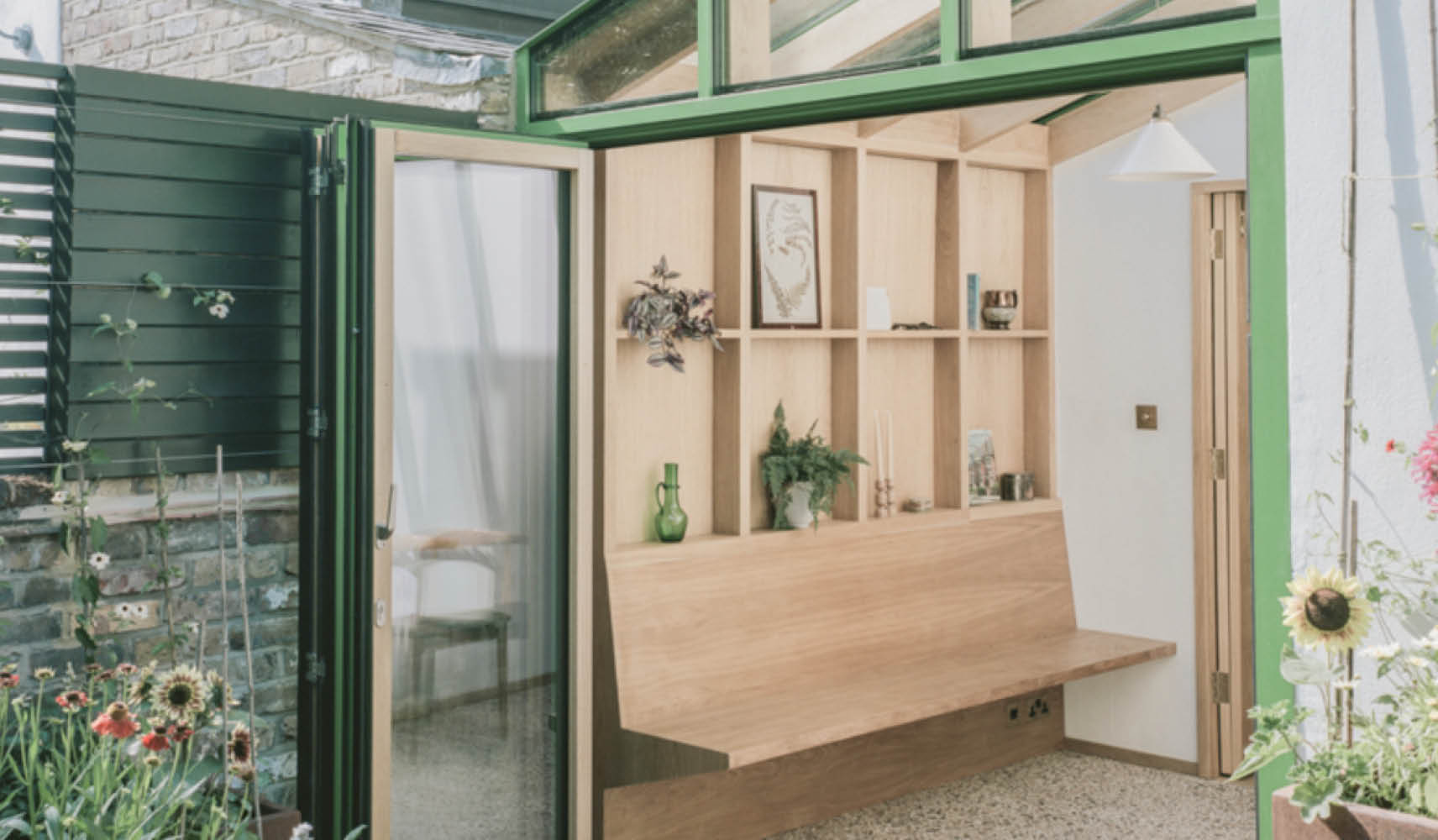Future Proofing Homes – The Growing Retrofit Movement
 Loft conversion by Studiotwentysix
Loft conversion by Studiotwentysix While most older and some new homes need retrofitting to become energy efficient, government investment doesn’t always keep up with demand and the energy crisis is pushing more homeowners to take matters into their own hands. The result is a growing movement and creative reimagining of home layouts.
Our 2025 Macro trend “Owning It” amplifies the conversation on future proofing homes and the built environment as, unable to keep up with changing climates and rising fuel prices, existing global housing stock is becoming increasingly inadequate for both current and future householder needs.
Don’t Move. Improve
To align with the Climate Change Act targets for net zero carbon by 2050, there is perhaps an obvious appeal to take down the old and build new. However, in the UK alone, 80% of properties set to exist by then have already been built. Retrofitting properties by adapting existing buildings to be low-carbon, low-energy and resilient to climate change is, therefore, an important alternative.
Existing buildings are also embodied with carbon, the result of previous labour, materials and emissions which would only increase the footprint if wasted. With architectural reimagination as well as innovative materials and technologies, the fabric and energy efficiency of our buildings can be radically overhauled.

What is “Retrofitting”?
Housing stock is faced with two main issues, the rapidly rising energy costs and the urgent need to reduce carbon emissions. Householders are increasingly worried about how they can cut down their domestic energy usage, not only to save money but also to take active steps against climate change. These challenges align with TrendBible’s “Affluent Value Seeker” and “Self-Sufficient Frugalist” mindsets as highlighted in our recent Householder Economy: Navigating the Cost of Living Crisis report, retrofitting is a key solution to both of these issues.
Retrofit is the latest and much-needed approach in reaching net-zero targets and refers to any improvement work on an existing building to improve its energy efficiency, making them easier to heat, able to retain that heat for longer, and replacing fossil fuels with renewable energy. Retrofitted homes are better protected against energy price increases as they can generate their own energy and are improved so they require less energy too.
Available on our My TrendBible Premium membership, our new Householder Economy: Retrofit Radicals report explores future-proofing homes to ensure safety, robustness and resilience to create comfortable living spaces that help us face the future with optimism in an ever-changing world.
My TrendBible is our trend subscription service dedicated to The Future of Life at Home and is designed to inspire and spark ideas, give your teams confidence in actioning trends and provide validation from across the globe.